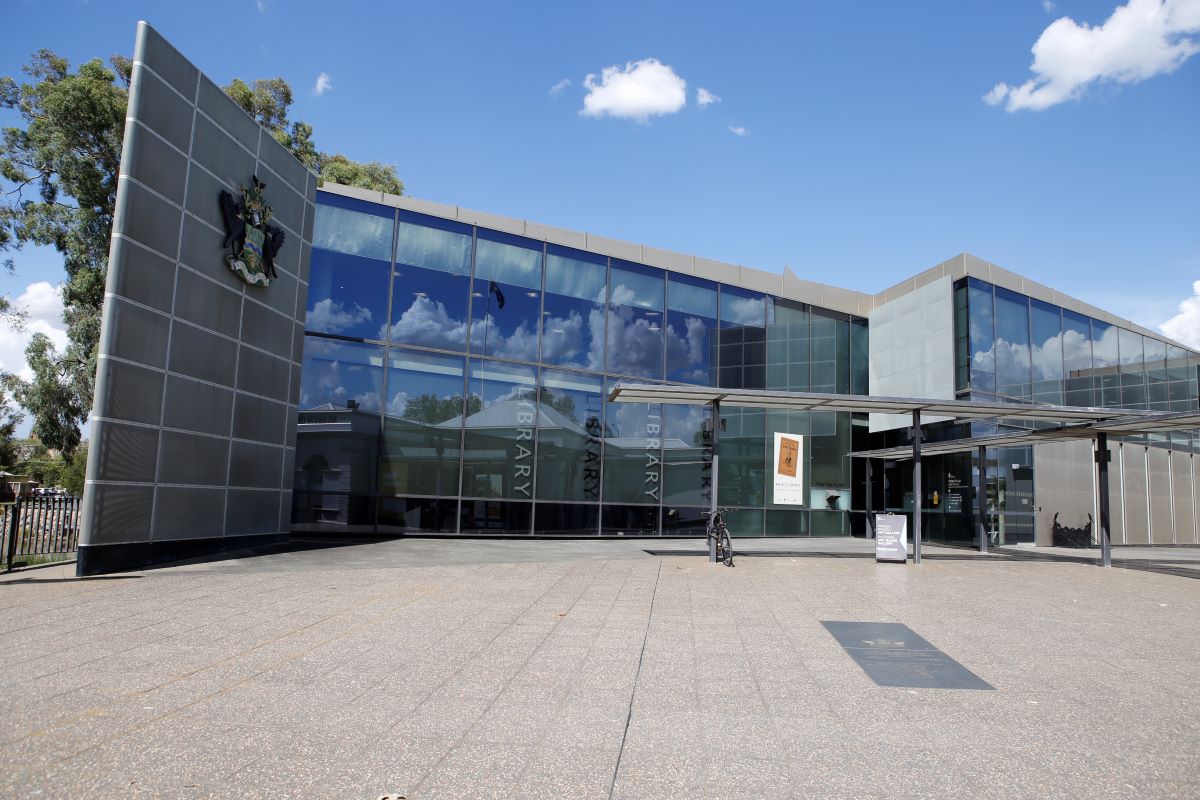A new report by eminent environmental scientist Emeritus Professor Ian Lowe finds that direct methane emissions from fossil fuel facilities make up ~70% of total greenhouse gas emissions covered under the federal Safeguard Mechanism (SGM), when the global warming impact is calculated over 20 years. Methane devastates the climate. It is 85 times more potent than CO2 in the short term.
The report, “Short-term warming effect of methane from fossil fuels and implications for the Safeguard Mechanism“, commissioned by Lock the Gate Alliance, also finds that the unlimited use of carbon offsets by methane-emitting facilities allowed under the SGM is irretrievably flawed. There is no technically feasible way to draw down methane from the atmosphere and no “like for like” offsetting is possible.
The Safeguard Mechanism is designed to require Australia’s 215 biggest polluters to cut (Scope 1) greenhouse gases directly emitted onsite from the operation of their facilities. Facilities covered include coal and gas mines and LNG processing plants.
KEY FINDINGS
The majority of direct greenhouse emissions from coal mining operations covered by the SGM are “fugitive” methane gas emissions, not CO2. A proportion of direct emissions from oil and gas mining are also methane.
Methane gas is a potent climate wrecker. Its Global Warming Potential (GWP) is 85 times that of CO2 over 20 years, and 25 times that of CO2 over 100 years. Australia is a signatory to the Global Methane Pledge which commits to a 30% cut in methane emissions on 2020 levels by 2030. The IEA says that there needs to be a 75% reduction in methane by 2030 to achieve net zero by 2050.
When methane’s 20 year GWP is applied, coal mine emissions are 43% of all emissions covered by the SGM. This is nearly double the 23% on the 100 year timeframe used by the Clean Energy Regulator, which understates the immediate outsized warming impact of facilities that predominantly emit methane. Total fossil fuel sector facility emissions are 69% of all emissions covered by the SGM – highlighting that the sector is responsible for the lion’s share of short-term emissions from covered facilities, which pose the greatest immediate climate risk.
Australia is underestimating methane emissions. The IEA found that methane released from energy production was 63% more than federal government estimates. If this adjustment is applied to SGM facilities, coal mine emissions make up 50% of all emissions covered under the SGM. The fossil fuel sector’s share as a whole increases to 77% of all emissions covered.
Under the SGM, methane emitters may purchase unlimited carbon credits to “offset” their emissions. However, there is no technically feasible method to draw down methane from the atmosphere. Allowing CO2 drawdown measures such as land-based sequestration of carbon to offset methane emissions is irretrievably flawed. There are no credible like-for-like offsets for methane.
The only credible path to emissions reduction under the SGM is requiring fossil fuel facilities to mandatorily avoid methane emissions and restricting new fossil fuel entrants to the SGM scheme.
Federal Teal MP Zali Steggall’s proposed amendments to the SGM legislation currently before parliament address these concerns by placing a cap on fugitive emissions from fossil fuel facilities, and requiring facilities to adhere to world’s best practice in data collection with real time monitoring, reporting and verification at every site (whereas currently most oil and gas activities report based on national averages rather than actual emissions).
Allegra Spender MP‘s proposed amendment to legislate the emissions budget for this decade is also key.
Report author Ian Lowe AO FTSE, emeritus professor, School of Environment and Science at Griffith University, said:
“Mining coal and extracting gas releases methane, a much more potent greenhouse gas than carbon dioxide.
“Accounting responsibly for the severe short-term warming impact of methane emissions shows that coal mining is by far the biggest emitter of all heavy industries covered by the Safeguard Mechanism in Australia currently, followed by oil and gas.
“This report confirms that there are no credible offsets to compensate for methane emissions, and thus allowing any new coal mines or gas fields would be criminally irresponsible. This is brought into sharp focus by the IPCC’s latest report this week warning again that the window to avert dangerous climate change is closing.”
Tim Buckley, leading energy analyst and director of independent think tank Climate Energy Finance, said:
“The Safeguard Mechanism is a key new tool to pricing in industrial carbon emissions and hence driving accelerated investments in solutions in alignment with the climate science.
“This analysis by Professor Ian Lowe spotlights the critically important issue that Zali Steggall MP has raised with respect to the need to differentiate between methane and carbon dioxide. We also fully endorse Allegra Spender MP‘s proposed amendment to legislate the emissions budget for this decade.
“We have a global climate emergency that needs critical attention this decade and next. As such, applying a global warming potential (GWP) assessment of 100 years (GWP100) to emissions dramatically understates the destructive cost of methane. We need to evaluate its global warming potential over 20 years (GWP20 base), as Woodside Energy, our biggest methane producer and exporter, advocates.
“The conclusion is clear, if not widely known: on a GWP20 basis, methane represents 69% of all emissions from the 215 facilities covered by the Safeguard Mechanism and over half of all Australian domestic emissions, even before acknowledging the likely significant under-reporting of methane, as reported by the International Energy Agency (IEA).
“Methane is the elephant in the room. But addressing much of this cost effectively is entirely doable at speed, if the right regulatory framework is established.
“President Biden has introduced a US$1,500/t tax on all US methane emissions above industry best practice of 0.2% methane emitted as a proportion of total oil or gas extracted, transmitted or processed by the facility. Australia has signed the Global Methane Pledge; it is time to similarly act.”
Carmel Flint, National Coordinator with Lock the Gate Alliance, said:
“At the Federal election in 2022 the Australian people elected a Parliament to act on climate, and we’re calling for the Labor Government to take the opportunity that provides to increase ambition on Safeguard Mechanism reforms in line with the science.
“Methane emissions from the fossil fuel sector need to be reduced drastically this decade to give Australia, and the world, the best chance of putting greenhouse gases on a rapid downward trajectory as soon as possible”.
___








